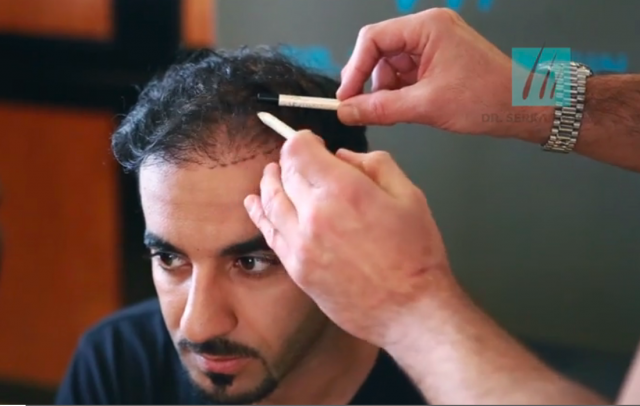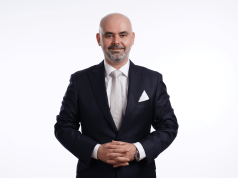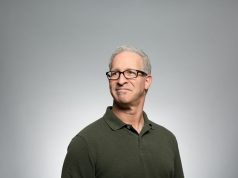If you are contemplating hair transplant surgery in Turkey there are a few things you will need to consider to determine if it’s the right option for you. Let’s take a look at the 5 most important questions that will help you make a decision you can feel confident about, and know you have chosen the right surgeon for your procedure.
1. Am I an eligible candidate for hair transplant?
Your candidacy for hair transplant procedures is determined by these three guidelines:
- Obtaining a diagnosis for the cause of hair loss. Using the Norwood Scale, your surgeon will gain a clear understanding of the amount of donor hair available, the quality of the donor area and the size of the balding areas that need to be treated.
- Having realistic expectations of the results and an understanding that hair loss might continue to progress after surgery. If the hair loss pattern has not been stabilized, some patients have to continue taking prescribed medication after surgery.
- Being in optimal health as there are still risks involved, even with minimally invasive surgery. Your initial consultation is a good opportunity to discuss medical factors and determine if you’re a good candidate.
2. What method of hair transplantation will be best for me?
Follicular Unit Extraction (FUE) and Direct Hair Implantation (DHI) are the two most popular methods used in hair transplantation, and choosing which method is best should be left to your surgeon. Here at the Dr Serkan Aygin Clinic, we will ensure your results are natural regardless of which method is chosen. During your initial consultation, we will determine which transplantation method is best, based on your hair loss classification, the size of the thinning area, quality and quantity of donor areas.
While an FUE hair transplant involves making incisions at the recipient sites before implanting the grafts, causing slight differences in terms of angle and direction of grafts, the DHI method simultaneously performs site creation and graft placement allowing full control of depth, direction and angle of placement of each graft. This is the key difference between the two methods.
3. What is the timeline expected for my hair growth?
Hair Transplantation Post-Operation Recovery Timeline
Day 1: The area operated on is cleaned, the bandage on the donor area is removed and your laser treatment begins.
Day 3: You can begin washing your scalp following our carefully considered instructions.
Days 5-7: The transplanted grafts will become stronger, and won’t be dislodged by touching. During this time your scalp may feel itchy but you should avoid scratching.
Days 15-30: It’s time to enjoy looking at your amazing results in the mirror as the distinction between transplanted and native hair disappears.
Months 1-3: Known as “shock loss”, during this period your transplanted hair will begin to shed. Don’t be alarmed, this is completely normal.
Months 3-6: All that was lost is replaced with new hair growth and thickened transplanted hair.
Months 6-10: Keep your eyes peeled for the most impressive difference since the initial procedure. You are nearing the end of a worthwhile journey. After a full year, you can start to enjoy the final results of the procedure, however, the recovery period may take longer when the transplantation is performed in the crown area.
4. What type of results can I expect to have from the procedure?
Hair restoration is a personal journey and therefore your results will be unique to you so you should avoid comparisons with other hair transplant patients. The main variables that affect your results are:
- Hair characteristics – coarse, curly hair will appear thicker than fine, straight hair
- The contrast between hair and skin colour – the combination of pale skin and dark hair may cause some patient’s hair to appear thinner as skin will be more visible through the hair
- The extent of hair loss – this affects the ratio of donor area to recipient area
- Donor area density – dense hair in the donor area will provide a greater supply of follicular units
- Donor follicular unit groupings – donor supply with lots of three and four hair follicular units creates more ‘thickness’ than supply consisting mainly of one and twohair follicular units.
Your surgeon will consider these variables and create a personalized treatment plan, ensuring maximum satisfaction.
5. How long will the results last?
The results of a hair transplant are considered to be permanent. Hair follicles are extracted from regions that are genetically resistant to hair loss meaning when transplanted, they will retain these bald-resistant traits. However, it is important to be aware that surgery can’t prevent continued hair thinning and future hair loss on other areas of the scalp. Roughly 30% of hair transplant patients opt for another transplant within 10 years.
Depending on your specific situation, you might require further operations to maintain a full head of hair. We advise having realistic expectations and an experienced doctor will help you understand what’s possible.
Choosing the right hair transplant clinic
It’s important you find a hair transplant clinic that will guide you through this delicate process and provide excellent care ensuring you are happy with the results.
Image was captured pre-Covid-19













